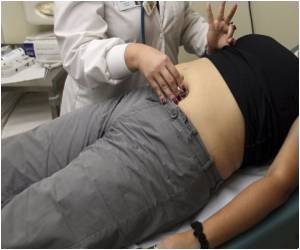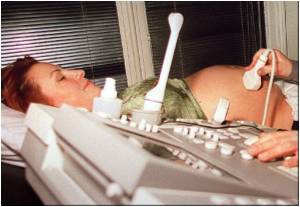
‘C-sections use has risen at an alarming rate and is overused in more than 60 percent of the world.’
Read More..Tweet it Now
It is estimated that 10-15 percent of births medically require surgery due to complications such as bleeding, fetal distress, hypertensive disease. Read More..
However, the researchers estimate that more than one in four countries in 2015 had lower levels (28 percent), while most countries used C-section above the recommended level (63 percent).
"The large increases in C-section use, mostly in richer settings for non-medical purposes, are concerning because of the associated risks for women and children," said lead author Marleen Temmerman, Aga Khan University in Kenya.
Moreover, the study showed significant disparities in low and middle-income countries. The wealthiest women were six times more likely to have a C-section compared with the poorest women, and C-section was 1.6 times more common in private facilities than public facilities.
In a series of three papers, the researchers tracked trends in C-section use globally and in nine regions based on data from 169 countries from WHO and Unicef databases.
Advertisement
In China, C-section rates diverged from 4 percent to 62 percent; in India, the range was 7-49 percent.
Advertisement
"C-sections can create complications and side effects for mothers and babies, and we call on health care professionals, hospitals, funders, women, and families to only intervene in this way when it is medically required," Temmerman added.
"In cases where complications do occur, C-sections save lives, and we must increase accessibility in poorer regions, making C-sections universally available, but we should not overuse them," she said.
Source-IANS









